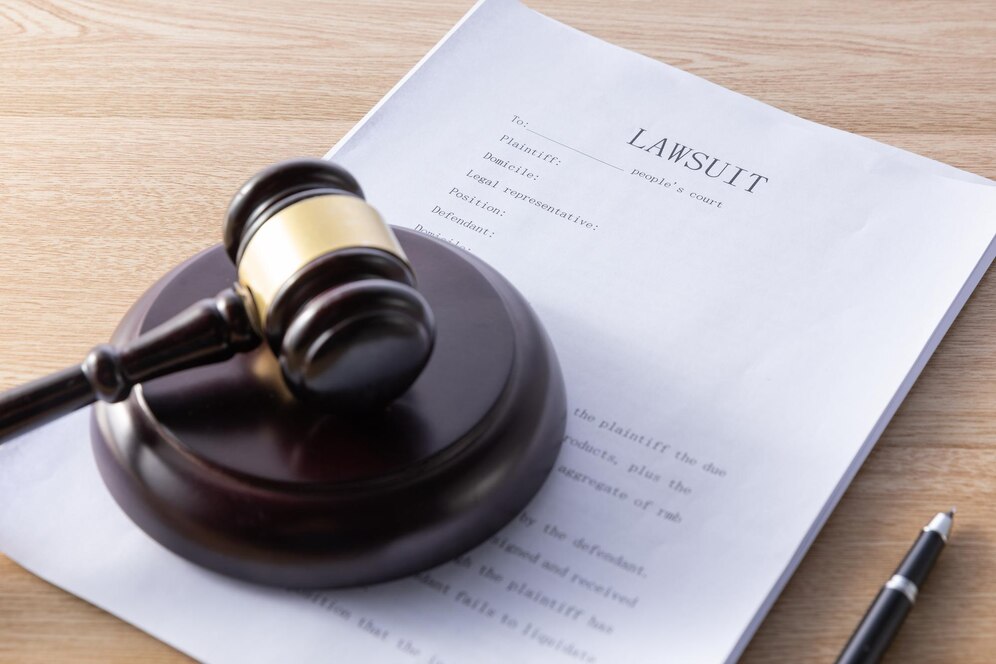How to Prove Liability in a Personal Injury Lawsuit
Imagine you’re injured because of someone else’s negligence. Maybe a reckless driver crashed into you, or you slipped on a wet floor in a store with no warning signs. In such situations, proving liability is key to getting compensation for medical bills, lost wages, and other damages.
But how do you establish who’s at fault?

That’s where the experienced personal injury lawyers from DFW Injury Lawyers can help.
Understanding how liability is determined can make things clearer. Whether it’s a car accident, a slip and fall, or a workplace injury, knowing what evidence you need and how to present it can strengthen your case.
Understanding Negligence
At the heart of most personal injury claims is negligence. This means that someone acted carelessly, and their actions (or lack of action) led to your injury. To prove negligence, four key elements must be established:
- Duty of care: The responsible party had a legal obligation to act reasonably. For example, drivers must follow traffic laws, and property owners must keep their premises safe.
- Breach of duty: The person failed to meet that obligation. Running a red light or leaving a spill unattended are clear examples.
- Causation: The breach directly caused your injury. You must show that if not for the other person’s actions, you wouldn’t have been harmed.
- Damages: There must be actual losses—medical expenses, lost income, or pain and suffering—that resulted from the incident.
Gathering Strong Evidence
Evidence is the backbone of any personal injury lawsuit. The stronger your evidence, the better your chances of winning. Some essential types of evidence include:
- Photographs and videos: If possible, take pictures of the accident scene, injuries, and anything that contributed to the incident. Surveillance footage can also be valuable.
- Medical records: These show the extent of your injuries and link them to the accident. Keep records of doctor visits, prescriptions, and treatment plans.
- Witness statements: People who saw the incident can provide accounts that support your claim. Their testimony can be crucial if the other party denies fault.
- Police or incident reports: If law enforcement was involved, their report can serve as an official record of what happened. Even store accident reports can help in slip-and-fall cases.
Proving Liability in Different Types of Cases
Not all personal injury cases are the same. The way you prove liability depends on the situation:
- Car accidents: Traffic camera footage, police reports, and witness testimony can show who was at fault. If the driver was speeding or distracted, that strengthens your case.
- Slip and fall: You must prove that the property owner knew (or should have known) about the hazard but didn’t fix it. Photos and maintenance records help in these cases.
- Workplace injuries: Employer negligence can be shown through safety violations, lack of proper training, or failure to provide protective gear.
The Role of Legal Support
Proving liability isn’t just about collecting evidence—it’s about presenting it effectively. A personal injury lawyer knows how to structure your claim, negotiate with insurance companies, and, if needed, argue your case in court. They understand legal loopholes and can prevent the other party from shifting blame onto you.
Conclusion
Proving liability in a personal injury lawsuit requires a clear strategy. You must establish negligence, gather solid evidence, and present a compelling argument. While the process may seem complex, having the right knowledge—and legal support—can make all the difference.

